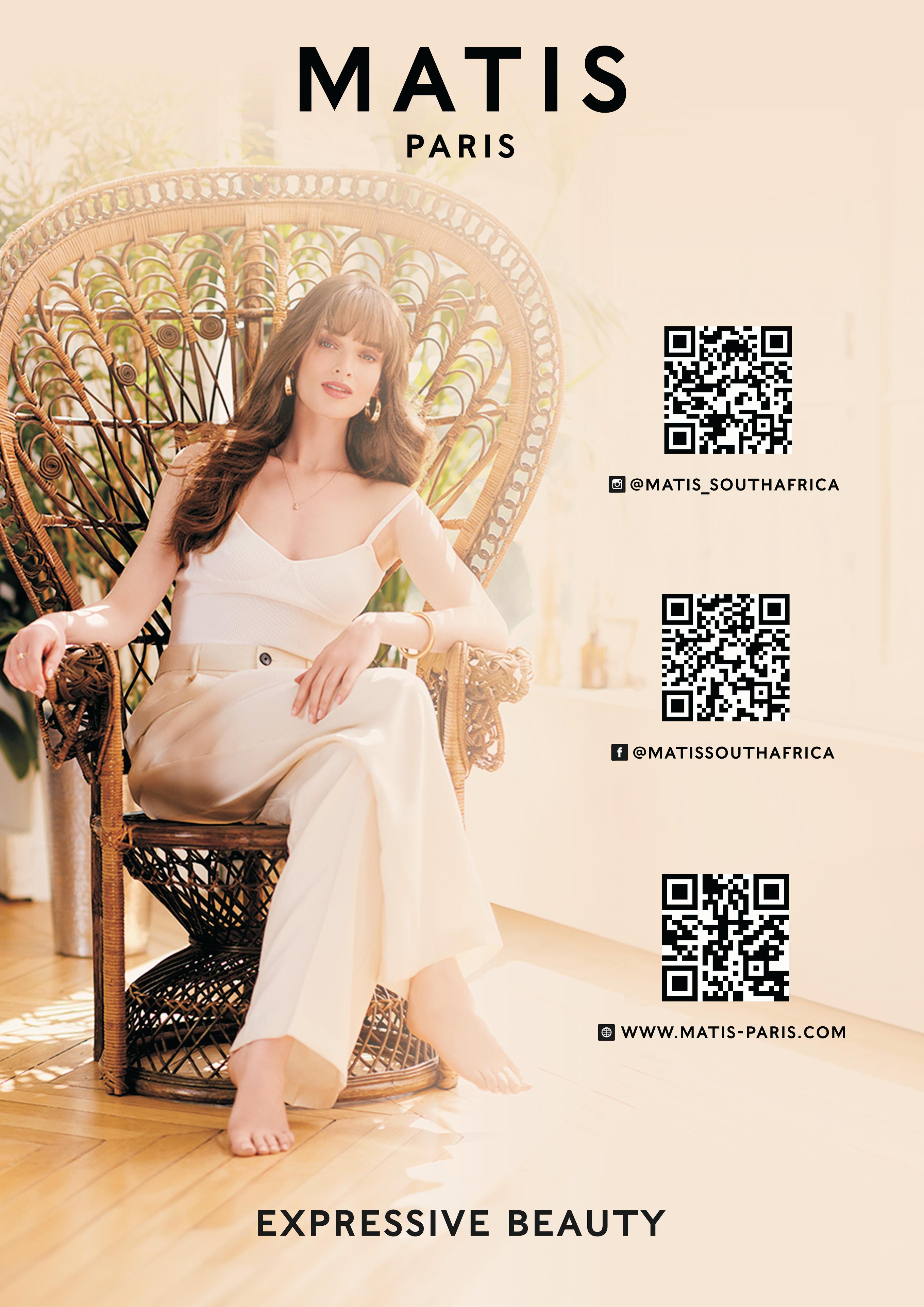
5 minute read
Wellness Lifestyle Real Estate - Les Nouvelles Esthetiques Spa Magazine #100
Wellness Lifestyle Real Estate
It is time to treat our homes as an investment in our wellness.
The Global Wellness Institute believes that residential real estate is the next frontier that will be radically transformed by the wellness movement. Our homes, communities and surrounding environment directly affect our daily behaviors and lifestyles, and together these determine up to 80-90 percent of our health outcomes. Since our homes are typically our most important personal investment and expenditure, it is only logical that they should also be an investment in our health and wellbeing.
The way our homes have been built in the last century is reinforcing lifestyles that make us sick, stressed, alienated and unhappy. But, the last hundred years have brought great advances in engineering, sanitation, building safety and city planning. Science and technologies have enabled us to bring ever greater levels of comfort, conveniences, entertainment and telecommunications into our homes. Yet, our modern living environment has also created new health risks-sedentary lifestyles, lack of physical activity, poor diet, stress, social isolation and environmental degradation.
Our built environment favors driving over biking, sitting over walking, riding in elevators over using the stairs, texting over face-to-face conversations, and screen time over outdoor recreation. Even as people live longer, more are living lonely, unhealthy and unhappy lives.
Movements that have tried to address these ills have laid the foundation for wellness lifestyle real estate and wellness communities.
Wellness lifestyle real estate is a nascent industry that recognizes, and has the potential to meet, today's immense health challenges. It represents a shift that explicitly puts people's wellness at the center of the conception, design, creation and redevelopment of our homes and neighborhoods. Importantly, this movement does not have to start from scratch; it can borrow and learn from many historical/current movements and integrate their best features through a multidimensional wellness lens.
Many elements of the green/sustainable building movement, design-driven movements, the food movement, New Urbanism, intentional communities and others, are already being adapted, mixed and incorporated in innovative ways into new and upcoming wellness-focused residential projects and communities. As we look to the future of wellness real estate and communities, we can expect smarter use of technologies and innovations, new metrics to capture the Return on Wellness (ROW), and a deeper exploration of the relationships between physical and virtual communities and between our individual / personal wellness and community /planetary wellness.
Definitions and Core Principles
Global Wellness Institute defines wellness lifestyle real estate and wellness communities as follows:
•Wellness lifestyle real estate is defined as homes that are proactively designed and built to support the holistic health of their residents.
•Wellness community is a group of people living in close proximity who share common goals, interests and experiences in proactively pursuing wellness across its many dimensions. It can be rooted in a purpose-built physical space or can be cultivated around shared culture or social networks without purpose-built structures.
The power of wellness lifestyle real estate lies in its potential to foster wellness communities. Yet, the connection between the two is not automatic. Creating this connection requires a clear intention, along with supporting design and operational principles:
•From “do no harm” to optimizing wellness: Beyond just reacting to “sick buildings,” we must intentionally build homes that enhance our wellbeing.
•From passive to active wellness: Our built environment should encourage proactive behaviors and habits that drive wellness.
•From hardware to software: Hard infrastructure (“bricks and mortar”) needs supporting policies, management and programming that build social connections and nurture healthy behaviors.
•From “me” to “we”: Create awareness that our individual health and wellbeing is intrinsically linked to our broader environment and people around us.
Making the Case for Wellness Lifestyle Real Estate
The Business Case:
•Wellness real estate is a sizable and rapidly growing industry. The wellness real estate sector was first measured by the GWI at $119 billion 2015. Since that time, wellness has become one of the fastestgrowing movements in real estate. GWI estimated the sector at $275 billion in 2020, and the sector's growth has significantly outpaced predictions. During the pandemic year (2020), wellness real estate continued to grow by over 22%, even as overall construction output shrank by 2.5%. We predict this growth trajectory will continue, as healthy building features increasingly shift from being a luxury, or “nice to have,” toward becoming an expectation or even a minimum standard.
•Buyers have demonstrated that they are willing to pay more for healthier built environments. Wellness lifestyle real estate developments positioned at the middle/upper ends of the market are achieving home sales price premiums averaging 10-25 percent.
•The global pipeline of wellness lifestyle real estate projects is constantly growing. In 2018, GWI counted over 740 wellness residential projects in the pipeline across 34 countries. As of 2021, GWI conservatively estimates that there are over 2,300 wellness residential projects around the world (either built or in development)-and this number is growing every day.
The Wellness Case:
Holistically and intentionally designed and operated wellness real estate can have many positive impacts:
•Minimizing environmental impacts on human health: reduce toxic substance exposure; improve sleep, reduce stress; and promote earth-friendly practices.
•Supporting behavior change and healthier lifestyles: encourage movement, active lifestyle, mind-body health, and healthy eating; use nature to improve mental/psychological wellbeing.
•Fostering a sense of place, community and belonging: smart design can encourage social encounters, increase community interactions and engagement.











